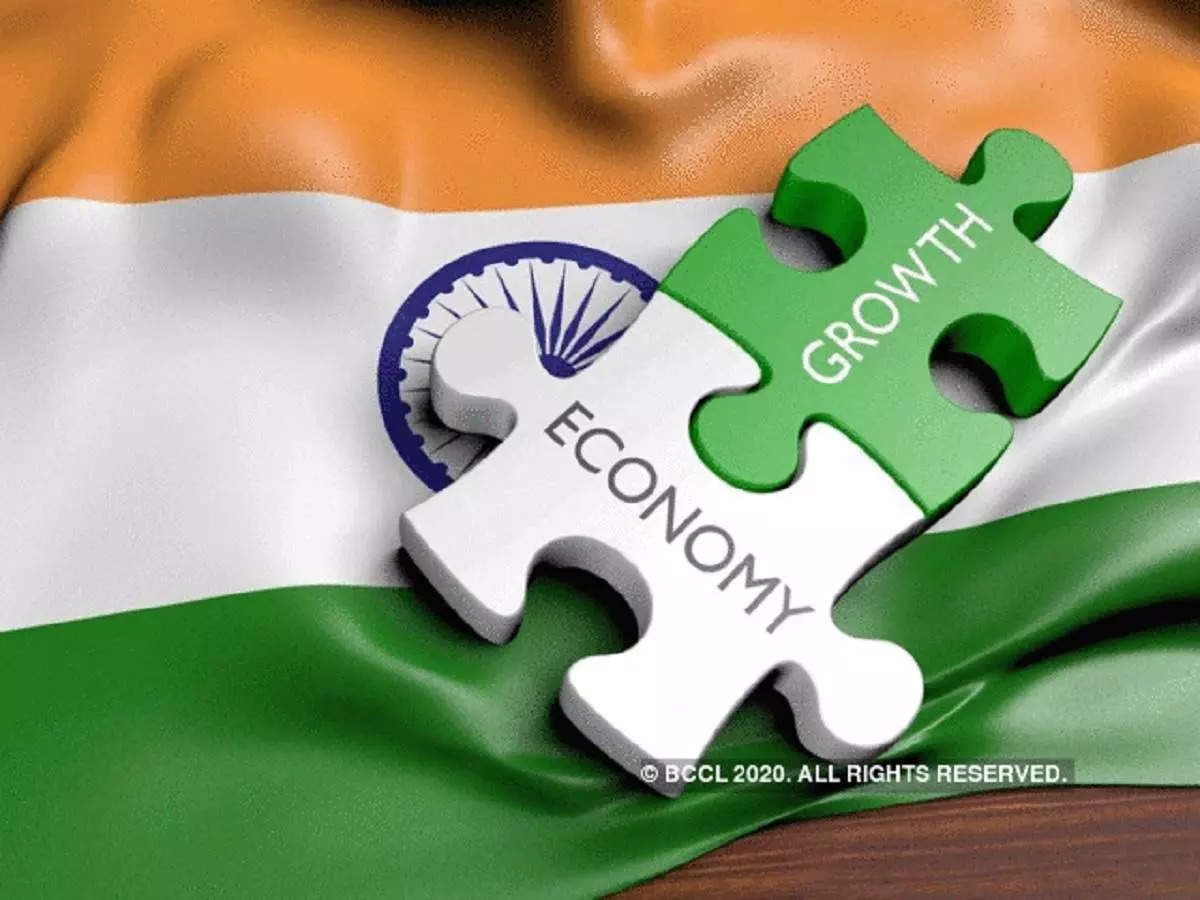- Economy
- 2 min read
India's economy reflecting mid 2000 boom
During the period from 2003 to 2007, India experienced an average GDP growth rate of approximately 8.6%, with inflation averaging at 4.8%. Here is my note based on Morgan Stanley’s report.
In the last two years the majority of the global financial institutions, rating agencies and economists are betting high on India. They have praised the massive infrastructure pipeline, digital uptake and potential for business opportunities. Multinational investment bank Morgan Stanley has showcased enough slides in the past about the rising curve of India’s economy. In a recent report it says India is showcasing the mid 2000 boom and it will grow further.

India's economy is exhibiting remarkable similarities to its growth trajectory between 2003 and 2007, with investment-driven expansion being a key feature, according to a report by Morgan Stanley. Authored by Chetan Ahya, Derrick Y Kam, and Jonathan Cheung, the report highlights that India's current economic cycle mirrors the mid-2000s boom, characterized by robust investment activity.
Morgan Stanley anticipates this ratio to further increase to 36% of GDP by FY27, signaling a significant upswing in investment activity. The report underscores the role of gross fixed capital formation (GFCF) in driving economic growth, with sustained capital expenditure (capex) cycles leading to increased employment, income growth, and private consumption.

Public Vs Private Capex. Roles reversed
While public capex has been instrumental in driving India's recent economic growth, private consumption remains relatively subdued. In contrast, during the 2003-07 cycle, the private sector played a more prominent role in driving the capex cycle. Urban demand currently outpaces rural demand, a trend observed during the 2003-07 cycle as well, albeit rural demand is gradually improving.
India's market share in global goods and services exports has also seen an uptick, with the services sector emerging as a key contributor. Despite challenges posed by the COVID-19 pandemic, India's market share in global services exports has increased from 3.7% in December 2019 to 4.8% currently. Morgan Stanley projects India's market share in goods exports to rise to 4.5% by 2031.
Overall, Morgan Stanley maintains a positive outlook on India's macroeconomic prospects, attributing it to the economy's capex-driven expansion. However, the report warns of potential constraints to the growth cycle, such as labour and logistical bottlenecks, which could emerge in the next 18-24 months if not addressed effectively.
Read my previous article on private capex : India Inc behemoths lead private capex push, but is it enough?
(Editor's Note is a column written by Amol Dethe, Editor, ET CFO. Click here to read more of his articles exploring several buzzing topics.)



COMMENTS
All Comments
By commenting, you agree to the Prohibited Content Policy
PostBy commenting, you agree to the Prohibited Content Policy
PostFind this Comment Offensive?
Choose your reason below and click on the submit button. This will alert our moderators to take actions